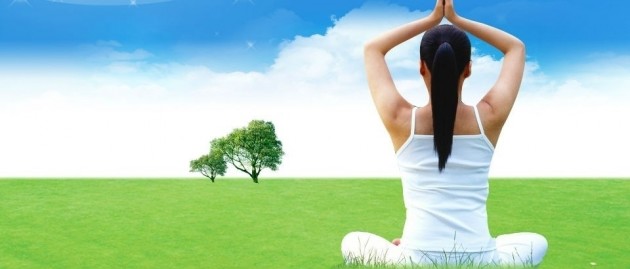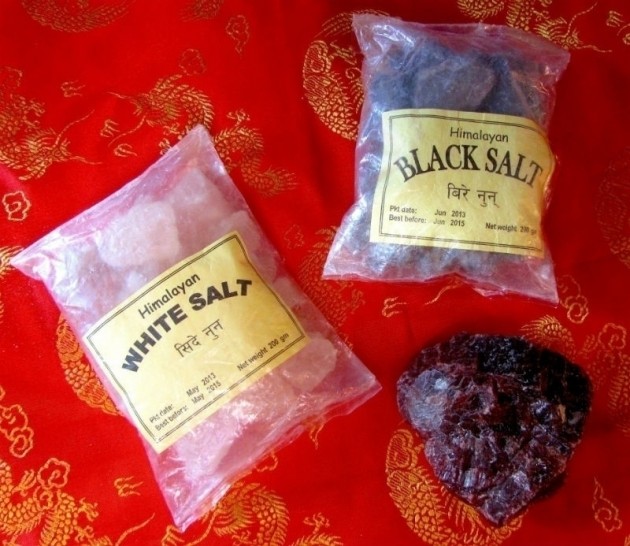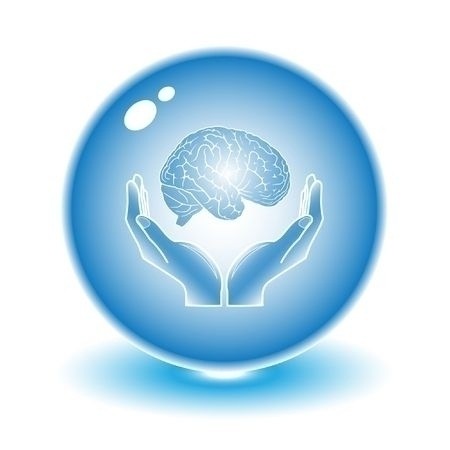FAQ –Nepali Humanitarian Eco-Trek with Dr. Tel-Oren
When trek participants arrive in Kathmandu will there be someone at the airport to meet them? Please provide Angie with your complete & accurate flight information (arrival date/time, departure city). A team member will hold up a sign with your name on it and will then transport you to the hotel. If there is a problem (flight delay, for example) go directly to the Thamil area by taxi (no more than $5; you will be reimbursed) of Kathmandu (where tourists stay; this is the spot to meet if there is any problem) – you will be notified with the name and phone number of the hotel. If there is a change in the hotel where trekkers are staying you will be notified. If there are delays and you arrive a day late the trekking agency will know! Please communicate with Dr. T via Skype (search "Adiel Tel-Oren" and add to contacts). When you arrive in Kathmandu you will be given a detailed itinerary, created by Baburam.
Purchasing your Visa at the KTM airport: Walk really fast to avoid the long lines! Two small photos are required, as well as $20-$30 cash. Walk to the end of the room, turn right, see the line, and get in line immediately. THEN get your luggage downstairs.
Exchanging Money in Nepal: Dollar has very good buying power; there are many places to exchange money and it is best to change a hundred dollar bill for rupees. Bring dollars (not shekels).
Should we pack snacks? Unnecessary – there will be more than enough food on the trek. The kitchen is very generous and can also prepare snacks.
What is the cost of the hotel room? Single occupancy is approximately $35.00/night at the most; double room approximately $40/night.
Is there an emergency number we can provide to family? Yes, all trekkers will be given Baburam’s cell phone number.
Does everyone need a sleeping bag? Yes, even non-trekkers will need a sleeping bag since they will be staying 2 nights in tents or home stays (in Namki). You can simply rent one through the trekking agency for $2/day (total $14) or bring your own. You don’t have to pack sleeping bags OR liners since you have enough to pack and transport on the airplane – both can be rented from the trekking agency.
Volunteers should bring their own sleeping bags, as Nepalis don’t use sheets.
Supplements: The provided list covers more than what each person will need! Bioactive Plant Fractions (BPF) are a MUST. Also good to have Vitamin C powder.
What is the best way to pack our supplements? Use small Ziploc bags and affix labels for individual supplements.
Do we bring our luggage on the trek? No, luggage will be left in the hotel. Bring a soft-sided duffel bag for your belongings for the actual trek. Are locks necessary? There has never been a problem. Just don’t bring unusually valuable items on the trip. Equipment will be safe but may get caught in the rain – please be prepared for rain, rain gear can be purchased in Kathmandu; equipment should be protected under rain-proof plastic. Porters will travel with the group on the trek only; when traveling by bus there will be staff members to assist with gear. Should we bring a pen knife? Not necessary.
Day Pack you will carry during the trek - camera, water bottle, long-sleeved shirt or light jacket, toilet paper
Tents on the trek: Large dining tent; toilet tent; good-sized sleeping tents (2 people/tent). 3/4" mats are used under sleeping bags, to sit on while eating
How can we avoid getting lost on the trek? Everyone in the group is always aware of the person in the very front and the person in the very back. Nepali guides know the paths very well and place arrows to direct trekkers. In all of the years Dr. T has led groups no one has ever gotten lost for a long period of time!
Altitude Sickness: Since 2009 no one has experienced altitude sickness during Dr. T’s treks. All trekkers follow his special dietary recommendations. For 2-3 days the mobile kitchen will prepare delicious & appropriate meals when climbing, and on descent there will be more varied foods. Be sure to use the BPF formulations (Dynamic Diffusions, ordered through www.nutri-dyn.com).
Should we bring gifts for the children? Please don’t bring anything artificial or encourage artificial behavior. Hair clips or memory bracelets are appropriate for girls; children take gifts very seriously. But remember there are 100s of children! One child isn’t more special than another so please be mindful of giving gifts to only one or a few children. Instead, show them love, give them hugs, bring photos, collages, or small photo albums. How should we thank the host families? – avoid showing affluence; again, sharing pictures and showing love is recommended!
Will we need indoor shoes? Bring slippers (rubber, appropriate for water). You will often take your shoes off in homes, and at the resort you will want water shoes. Non-trekkers will also need comfortable hiking shoes or boots for the irregular terrain.
Should everyone bring a flashlight? Yes! Flashlights are very important. You will need it if you use the toilet at night.
Do we need to bring toilet paper? The trek agency will provide, hotel will provide. During day trips just bring some along in your pocket.
Can we purchase bottled water? Everyone should bring a stainless steel or BPA-free reusable bottle. The hotel does sell bottled water and offers boiled water. There is no recycling so purchasing plastic bottled water is strongly discouraged. During the trek boiled water will be provided by the trek agency at the end of every meal.
Should we bring iodide crystals? Not necessary, but you can purchase from REI or other camping gear stores. These tablets only work if the water is a certain temperature, and it takes time for the water to be safe.
How much spending money is needed? Spending money is an individual preference, but plan on $80 - $120/trekker for tips. Porters depend on tips! $80 is the minimum tip. Never tip the locals directly; tipping must be done as a group. Set this money aside and give to Dr. T – he will tip the staff; they survive on their tips. You can pay using your credit card in Kathmandu (for large purchases) and save your cash (Nepali Rupees) for smaller purchases.
Are wattage converters required to charge cell phones, laptops, etc.? No, but international outlet adapters are recommended.
How cold will it get? In March: the coldest night of the trek will be close to freezing (only one or two nights). In October: It will not be too cold even at the highest altitude. Fleece jacket with a hood or scarf at night, one pair of gloves. You may want to cover your head/ears with a hat or headband/ear muffs. Sleeping bags are warm and you will be dressed in 2-3 layers, fleece, rain jacket. People usually bring too much clothing – no need to over pack! Weather in Kathmandu will be warm and balmy. In Thamil there are many inexpensive camping gear shops. Don’t compromise on shoes! Better to purchase quality hiking shoes in the U.S. Also, best to bring a good quality stainless steel water bottle (plastic might melt when boiling water poured into it).
October: Walking during the daytime - hot, breezy; it will be chilly at night and early morning. Legs shouldn’t be exposed – lightweight canvas walking trousers are best (bring 2 pairs). Shorts/tee shirts are appropriate in the resort. Skirts or trousers appropriate in the villages.
Avoid Sunburn: bring a nice wide-brimmed hat to protect your face and neck from excessive sun exposure. No SPF creams.
Bug Bites: Typically there is no problem with mosquitoes and other insects. Spider bites do happen. "Asfar" is recommended (Dr. T will bring it for trekkers to purchase). Mosquito nets used at the resort.
Are there cultural issues we must consider? Nepali people do not expect tourists to know their culture. Tourists typically wear bikinis when bathing in the rivers (they don’t mind tourists doing this). Bring your bathing suit for river bathing. In Kathmandu anything goes, whatever you might wear in the U.S.
Is it ok to purchase fruit in the Kathmandu markets? OK to drink fruit juice, fruits you can peel. Critical: do not allow water in hotel shower to get in your mouth, do not brush your teeth with the tap water.
Bioactive Plant Fraction Formulas – very important; without them you are very likely to get sick. All three bottles of the liquids, use the inhaler sticks during the airplane flight. Email Angie immediately to order the fluids. If you experience nausea or travel sickness: "De Nausea" inhaler; if you suffer from stress or anxiety: "De-Stress" inhaler; cravings: "De-Crave" inhaler (three new products). Inhalers are very important during the flight. How often should I use these products? As often as you wish. Liquid can be swallowed, rubbed on your skin, use on hands as an antiseptic.
Do we need face masks because of the pollution there? No, but you might wish to bring a scarf, handkerchief, or small white surgical masks when riding in the 4-wheel drive vehicle because there is a lot of dust (4-5 hour drives on dusty dirt roads)
Travel Insurance – Decide for yourself! For trekkers’ protection (in case of a fall) – this is a rare occurrence, but if you injure yourself and you are transported by helicopter to a hospital it would be very expensive.
Do you recommend any vaccinations prior to the trip? No.
Final Suggestion: Move during the flight – jumping jacks in the galley, jump in place on one foot, keep moving on the airplane! Avoid junk food during the flight – protect yourself by choosing healthy foods (such as bananas, avocados, rice cakes, cooked vegetables)
Remember! Do not drink the tap water, do not brush your teeth using tap water (use boiled or bottled water), and keep your mouth closed during showers. Do not allow the water to enter your mouth!






